Alloy Surfaces has been awarded $7m contract by the US, UK and other allies for MJU-64/B decoy flare production.
According to a contract notice, work will be performed in Chester, Pennsylvania, and is to be completed by May 2019.
“This effort combines purchases with fiscal 2017 procurement of ammunition (Air Force; 67.47 percent); United Kingdom (13.48 percent); fiscal 2017 aircraft procurement (Air Force; 5.82 percent); Israel (5.47 percent); Netherlands (3.79 percent); Japan (3.37 percent); and Norway (0.60 percent) under the Foreign Military Sales program.”
The MJU-64/B Decoy flare, according to the manufacturer, is composed of a special material that reacts with oxygen to rapidly
oxidise and generate an IR signature to protect against advanced air-to-air and surface-to-air infrared weapon systems.



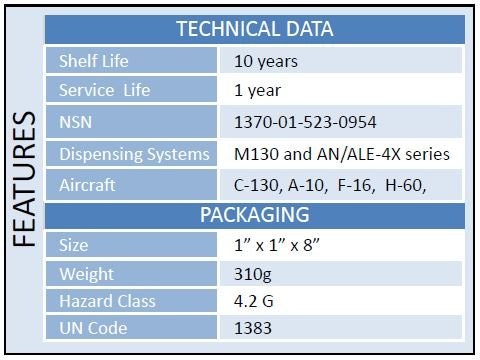
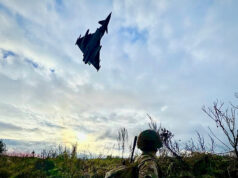
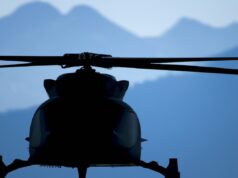
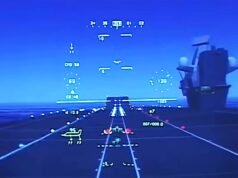

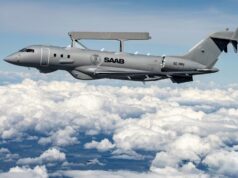
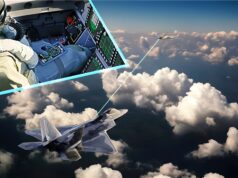
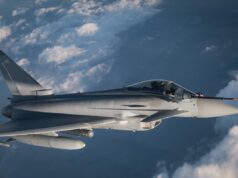
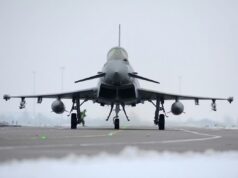
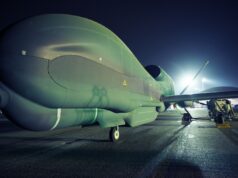


On a number of modern Imaging Infra-Red air to air/surface to air missiles no longer look at the heat range of a target as the main source for targeting. A lot of them now use an IR image that is stored in the memory to compare the target with. This makes it very difficult to counter as the missile is now looking at the profile of the target. The missile will also registers what the target is doing. For example, if the targets speed has suddenly dropped and the heat source is falling in a ballistic arc, then it will decide that this is a counter measure and ignore it – making the flare worthless.
A number of companies are now developing towed IR decoys that emulate the aircraft in not only the heat signature and profile but also the vector that the targeted aircraft is flying; as like the towed radar decoys they fly behind the aircraft to emulate it.
What is worse for aircraft are laser guided/seeking missiles. These make it next to impossible to counter as they are not decoyed by flares or chaff. They either use the reflection of a laser off the aircraft or uses a number of lasers to paint a pattern on the target, where the missile looks at aims at the modulated pattern; a very good example is the Starsteak.
Fascinating post. Thanks.
One of the best things about this website is when you learn much more from the comments than from the original article. Thanks.
Its a tiny bit of kit, see size data in the chart above.
Of the 8″, the actual flare is about 2 to 3″ long, the rest is the explosive charge and primer to push the flare out away from the aircraft.
How often are these used in training? As we haven’t had any serious air to air conflicts in some time the stocks should stay pretty much full shouldn’t they?
No as they also decoy incoming SAM systems, so our low flying helicopters and transports such as this would have been dispensing them regularly on low flying routes and inbound into airports.
Rather vital considering first the CIA then SIS armed the Mujahadeen with first Stinger then Blowpipe in the 80’s when they were seen as allies against the Soviet enemy in Afghanistan.
Times change and the rebels you arm then become insurgents against you and you armed them. Oh the irony.
I’d read governments have been worried about civilian airliners getting shot down for decades.